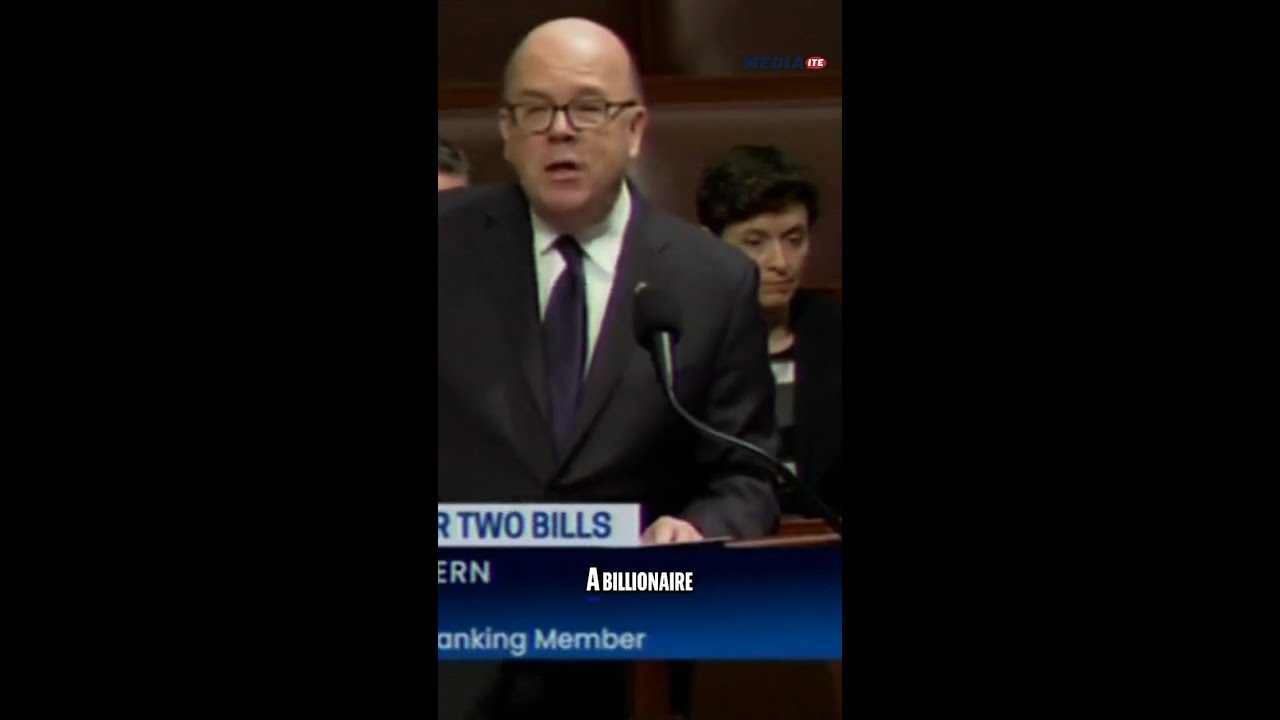
(AP Photo/Charles Krupa)
Most pundits will tell you that the race between former Donald Trump and Kamala Harris is a “toss-up” or “coin flip,” that it hangs on a “knife’s edge” and could go “either way.”
And that might be right: Both Trump and Harris still have very plausible paths to 270 electoral votes.
There is also good reason, though, to think that Trump might be on track for a landslide electoral college victory that would not only return him to the White House four years after that seemed unthinkable, but do so with a mandate.
The case begins like this: The Republican nominee has all of the momentum behind him right now. Whereas Harris feels forced to finally submit herself to a series of substantive interviews thanks to her disadvantage on the issues, Trump is enjoying a zany, humanizing ride on the alternative media circuit. His sit-down with comedian Andrew Schulz was a raging success, as was his recent “shift” at a Pennsylvania McDonald’s franchise. Harris’s conversations with Bret Baier, Bill Whitaker, and Hallie Jackson, meanwhile, were mixed bags.
The difference in their schedules has also been reflected in the two camps’ behavior. While Trump seemed genuinely excited by, and even overtaken by a childlike sense of wonder during his stop at the fast food giant, Harris’s running mate actually shook with anger as he accused Trump of showing “disrespect” to McDonald’s workers. The Harris-Walz ticket’s “joyful” aura — the same one that propelled them in the polls — is dead and gone.
Polling reflects this shift. According to Nate Silver’s aggregations, every single one of the seven swing states expected to decide the election — Pennsylvania, Michigan, North Carolina, Wisconsin, Georgia, Arizona, and Nevada — has been moving toward Trump over the course of both the last week and month. With less than two weeks to go until election day, that’s a big deal — especially considering the positive early voting returns for Republicans.
The question that should really torture Democrats as they evaluate their standing, though, is this one: What if the polls are wrong again?
Heading into Election Day 2020, all indications were that Joe Biden would beat Trump and beat him soundly. FiveThirtyEight, which was run by Silver at the time, suggested that Biden would coast in the aforementioned battleground states. Their final polling averages on election day gave Biden the following edges: 4.7 points in Pennsylvania, 7.9 points in Michigan, 1.8 points in North Carolina, 8.4 points in Wisconsin, 1.2 points in Georgia, 2.6 points in Arizona, and 5.3 points in Nevada.
Biden ended up winning Pennsylvania by 1.2 points, Michigan and Wisconsin by 0.6 points, Georgia by 0.2 points, Arizona by 0.3 points, and Nevada by 2.4 points. He lost North Carolina by 1.3 points.
Trump’s strength was underestimated in every single instance.
This year, the polls are much tighter. Silver’s aggregations say Harris leads by 0.5 points in Michigan, 0.7 points in Wisconsin, and 0.4 points in Nevada. Trump, on the other hand, has advantages in North Carolina (1 point), Georgia (1.5 points), and Arizona (2 points). Pennsylvania is tied.
It’s possible that pollsters have found a way to account for the Trump voters they missed the last two times he was on the ballot, and that’s why most surveys show a dead heat. But what if they haven’t? What if they’re still overlooking the shy Trump vote and it’s just the fundamentals of the race — voters’ priorities, dissatisfaction with the economy and the Democratic incumbent, etc. — that are driving the difference between the 2020 and 2024 polls?
Well, if the polls are off by as much in every state as they were in 2020, Trump would not only sweep the battleground states, but win each one by at least 2.5 points. His margins of victory in the Blue Wall would be massive compared to the last two elections 3.5 points in Pennsylvania, 6.8 points in Michigan, and a whopping 7.1 points in Wisconsin and more than adequate in Georgia (+2.5 points), Arizona (+4.3 points), Nevada (+2.5 points), and North Carolina (+4.1 points).
Let’s say you believe that pollsters have taken appropriate steps to account for their past errors and so they’re off by only half as much as they were four years ago, Trump would still win every swing state, albeit by lesser margins.
A reasonable objection to this theory might be that pollsters actually underestimated Democrats in 2022. But as Silver has observed, surveys only “slightly” understated their strength. Moreover, it is difficult to compare the midterms to presidential election cycles, especially now that the GOP is more reliant on low-propensity voters whose loyalty lies with Trump rather than the party.
When considered alongside the difference in the comportment of the two campaigns, the fact that Democratic senators in Pennsylvania and Wisconsin are touting their relationships with Trump, and the hard truth that a Harris victory would be historically unprecedented given Biden’s unpopularity, this polling data paints a grim picture for Democrats.
The presidency is still up for grabs, and a lot can happen in two weeks, as this election cycle has taught us time and time again. But given all that we know, this race may not be the coin flip it’s being billed as — and a surprise Trump landslide is a very real possibility.
This is an opinion piece. The views expressed in this article are those of just the author.






